The Link Between Employee Experience and Business Success
The Indisputable Link Between Employee Experience and Business Success

In today's fiercely competitive market, attracting and retaining top talent is no longer a mere advantage; it's a non-negotiable imperative for businesses to thrive. However, simply hiring skilled individuals is no longer sufficient. To truly flourish, organizations must prioritize employee experience (EX) – the sum total of all interactions and perceptions employees have with their workplace, from the moment they first encounter the company to their eventual departure.
A positive EX transcends the provision of a paycheck; it's about cultivating an environment where employees feel valued, engaged, and motivated to excel in their roles. When employees feel happy, fulfilled, and appreciated, it directly translates to increased productivity, heightened creativity, and ultimately, enhanced customer satisfaction.
The Unbreakable Bond Between Employee Experience and Customer Satisfaction: A Data-Driven Perspective
The notion that happy employees lead to happy customers is not merely an anecdotal observation; it's a well-established truth supported by robust empirical evidence.
- Deloitte's 2019 study unequivocally demonstrated that organizations in the top quartile for EX exhibited significantly higher customer satisfaction scores compared to their counterparts in the bottom quartile.
- Research conducted by the Temkin Group revealed a staggering statistic: companies with highly engaged employees boast customer loyalty rates a remarkable 233% higher than those that fail to prioritize employee engagement.
This powerful correlation can be attributed to several key factors:
- Elevated Customer Service: Engaged employees are more attentive, empathetic, and proactive in addressing customer needs, resulting in superior service delivery.
- Exceeding Expectations: A positive EX fosters a culture of going the extra mile. Employees are more likely to proactively seek opportunities to exceed customer expectations, leading to enhanced customer satisfaction and loyalty.
- Becoming Brand Advocates: Happy employees are passionate about their work and the company they work for. This translates into enthusiastic brand advocacy, as employees are more likely to speak positively about their company and its products or services to friends, family, and the wider community.
The Critical Role of Recognition and Rewards in Fostering a Positive EX
Recognition and rewards are not mere perks; they are essential pillars of a robust EX strategy. They serve as tangible demonstrations of appreciation for employees' contributions and provide powerful motivation to continue performing at their best.
- A study by Globoforce revealed a compelling finding: a significant 82% of employees feel more motivated when their hard work is acknowledged and recognized.
- Research by Bersin by Deloitte underscored the tangible benefits of effective recognition programs: companies with robust recognition programs experience a remarkable 31% lower voluntary turnover rate, significantly reducing the associated costs of recruitment and training.
To maximize the impact of recognition and rewards, consider these effective strategies:
- Publicly Acknowledge Achievements: Celebrate employee successes through company-wide emails, team meetings, and social media posts to amplify the impact of recognition.
- Offer Personalized Rewards: Tailor rewards to individual employee preferences, whether it's extra vacation time, flexible work arrangements, professional development opportunities, or unique experiences.
- Empower Peer-to-Peer Recognition: Encourage employees to recognize and appreciate each other's contributions, fostering a culture of mutual respect and support within the team.
Cultivating a Thriving Workplace Culture: Key Strategies for Success
Building a positive and engaging workplace culture is an ongoing journey that requires a multifaceted approach. Here are some key strategies to consider:
- Prioritize Open and Honest Communication: Encourage open and honest communication channels between employees and management at all levels. Foster a culture of transparency and psychological safety where employees feel comfortable sharing their thoughts and concerns.
- Promote Work-Life Balance: Offer flexible work arrangements, generous vacation time, and support employee well-being initiatives to demonstrate a genuine commitment to employee well-being.
- Cultivate a Culture of Inclusion and Diversity: Create an inclusive environment where all employees feel valued, respected, and empowered, regardless of their background, gender, race, or any other individual characteristics.
- Invest in Employee Development: Provide opportunities for growth and learning through training programs, mentorship, coaching, and other professional development initiatives.
- Lead by Example: Senior leaders play a critical role in setting the tone for the workplace culture. By demonstrating a commitment to employee well-being, open communication, and ethical conduct, leaders can inspire and motivate employees to embrace these values.
By prioritizing employee experience, Canadian businesses can unlock a myriad of benefits, including increased employee retention, enhanced productivity, improved customer satisfaction, and ultimately, a significant competitive advantage in the marketplace.











